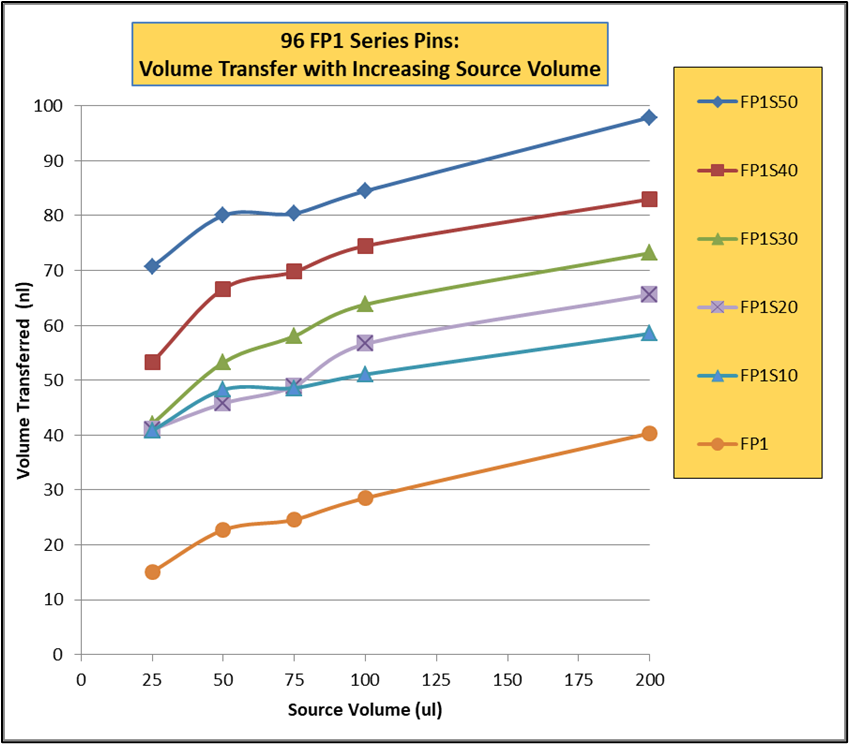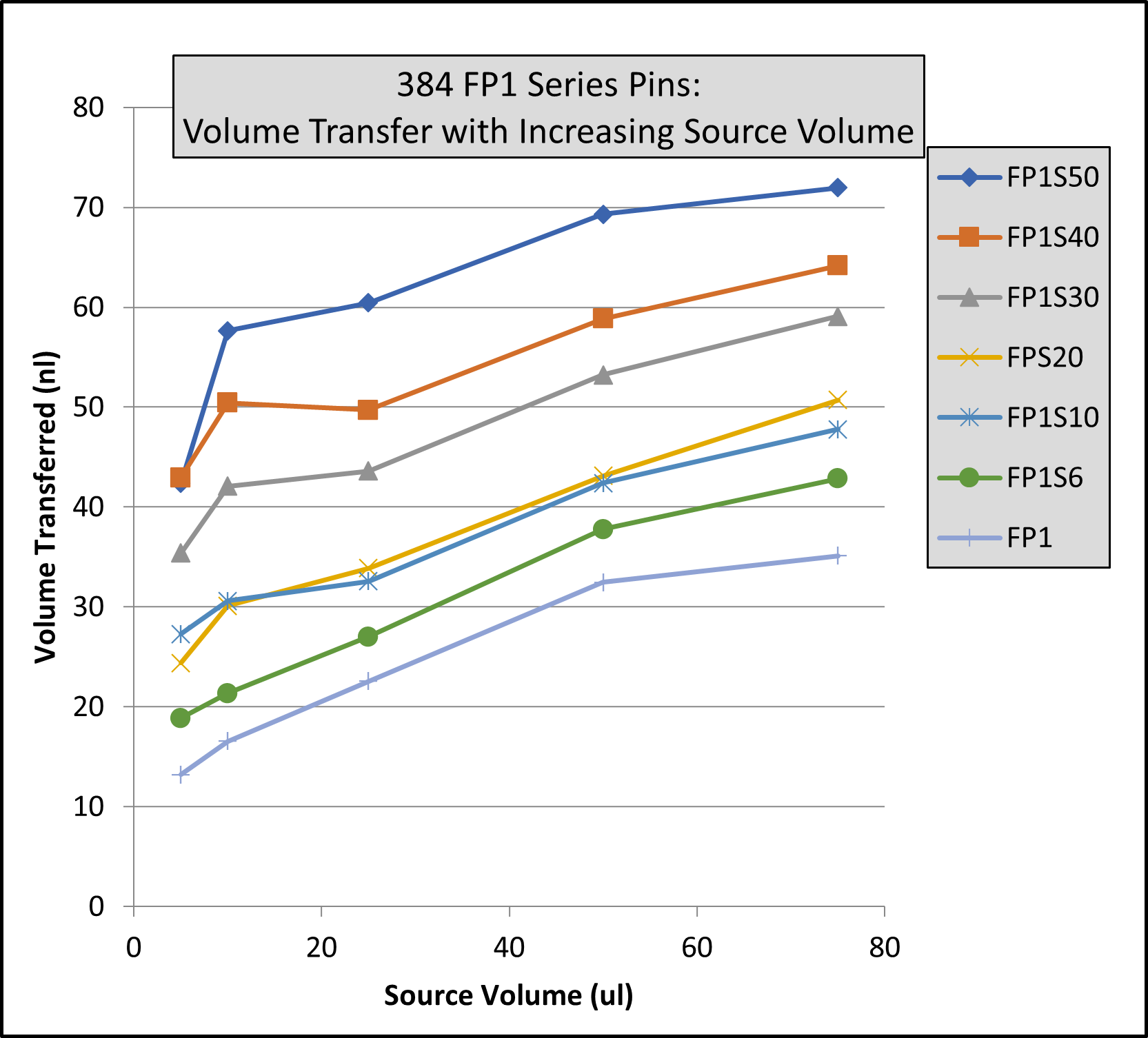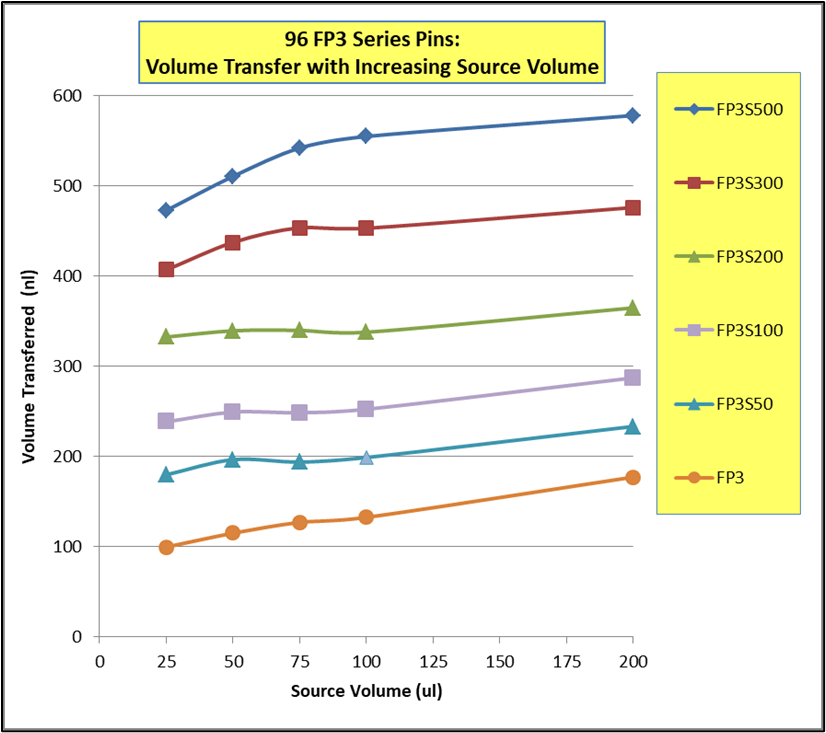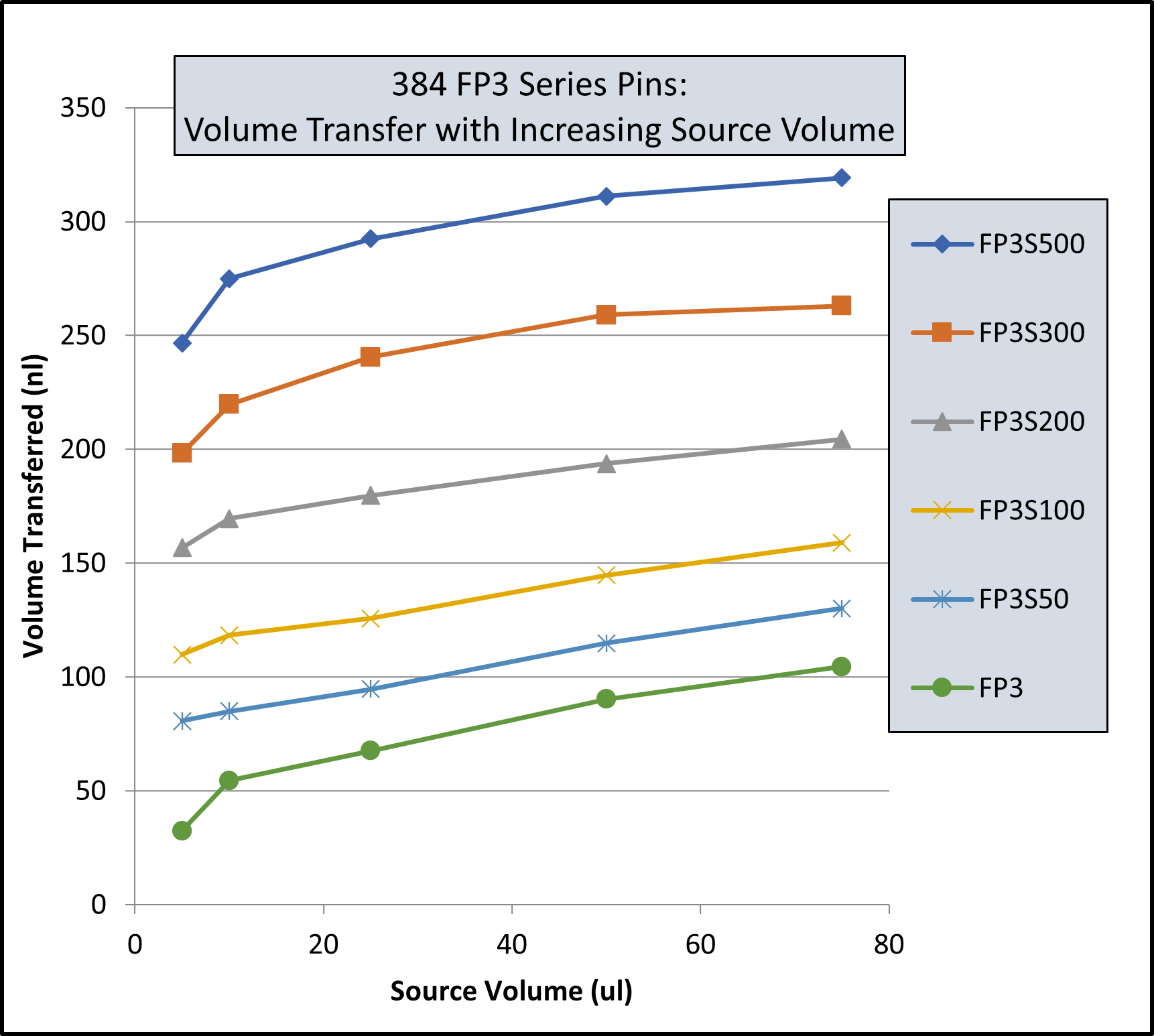Patents
US Patent # 4,427,415 – We invented the first 96 Well Filter Manifold to speed up the processing of diagnostic assays to detect antigens (cancer, bacteria, chlamydia, and viruses, as well as the antibodies to the same agents). The same patent also covered the Mini-Fold Dot Bot Hybridization Manifold that was so useful in the Genetic Hybridization studies of the 1980’s and 1990’s . These devices launched V&P Scientific Inc.
US Patent #6,176,609 – The Vertical Tumble Stirrer uses very large and powerful Magnetic Stir Cylinder technology with the magnetic field oriented perpendicular to the cylinder so it can mix 2,880 wells (thirty 96 well microplates) with disposable stainless steel stir bars that stand on their ends and mix in the vertical plane. This vertical stirring method allows each well in the microplate to have the same amount of mixing. This is not possible with other magnetic stirrers. This method also works for racks of tubes, syringes, and small bottles. Pharmaceutical companies use this system with heat blocks to stir and heat, speeding up the making of new drugs.
US patent #6,357,907; EU patent #1064988 – The Levitation Stirrer uses very large and powerful magnetic dipoles to levitate stainless steel balls up and down in 96 and 384 deep well microplates to mix and suspend very viscous material (DNA, RNA, Paint, Lotions, Toothpaste). As many as 4,608 wells can be mixed at the same time to suspend DNA for sequencing the human genome. Celera Genomics used the Levitation stirrer to sequence five different humans in winning the race to sequence the human genome.
US Patent #6,461,034; European Union Patent #1,314,471 – The Bubble Paddle Reservoir particulate suspension system uses a flat paddle that has bubbles cut into it at 9 mm spacing which allows a pipette tip to be inserted in the gap between bubbles. As the paddle is spun by a motor or by magnetism an uplifting fluid is generated and particulates are suspended and removed by 9 mm spaced pipets while the Bubble Paddles are spinning. There are many different aliquoting procedures that and applications that benefit from this procedure (Magnetic beads, resins, glass beads).
US Patent #6,613,284 and Republic of China Invention Patent # NI-164,388, and European Patent #1,363,73 – The Manual Glass Slide Microarrayer System is able to place 768 spots (DNA, RNA or proteins) on a glass slide or a membrane on a glass slide. Each spot is ~500 micron in diameter. The ability to index two slides at the same time facilitates duplicating slides for assays. Previously only very expensive robots could make glass slide Microarrays now it can be manually on the lab bench.
US Patent #7,484,880, European Union Patent #1,736,235, and German Patent #60 2006 026 122.5 – The Lateral Tumble Stirrer tumbles Stir Elements laterally against the sidewall of a vessel, or microplate well creating a vortex stirring cone. Because the drive magnet cylinder in the Lateral Tumble Stirrers is so large and strong any vessel with our Stir elements placed within 45 cm of the lateral Tumble stirrer will be mixed.
US Patent #11,623,188, European (Belgium, France, Germany, Netherlands, Switzerland, Sweden, and Great Britain) Patent #3887049 – The SpinVessel® provides a completely new method (using Pulsed Radial Flow) to mix and uniformly suspend particulates in a liquid on robotic liquid handlers and robotic reagent dispensers. It can also do this without damaging the particulates or killing fragile cells as conventional methods often do
European (Belgium, France, Germany, Netherlands, Switzerland, Sweden, and Great Britain) Patent #3887049, US Patent Pending – The ability to capture Magnetic Beads quickly, wash them multiple times robotically, and locate the pellet at any location on the SpinVessel® is a significant advantage. There is no need to move the vessel to a Vortexer or to use a pipet to resuspend magnetic beads. The process is totally processed robotically.









